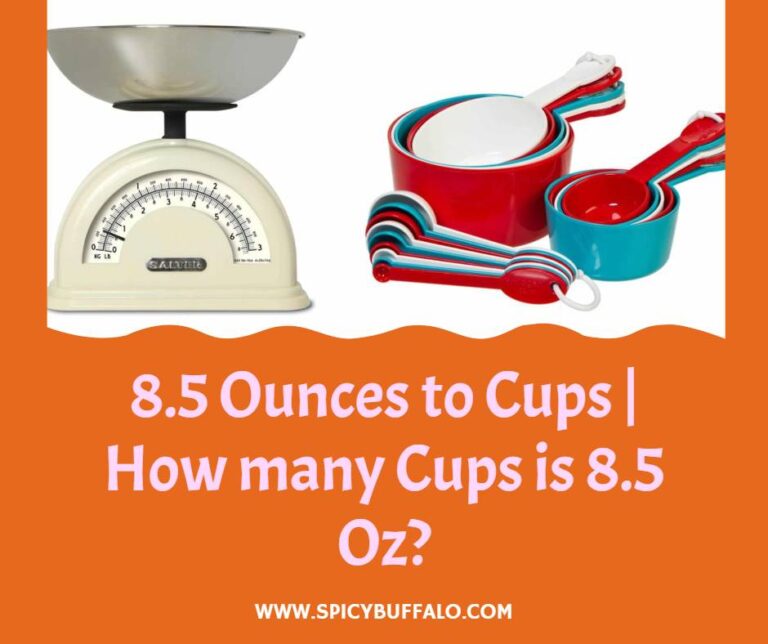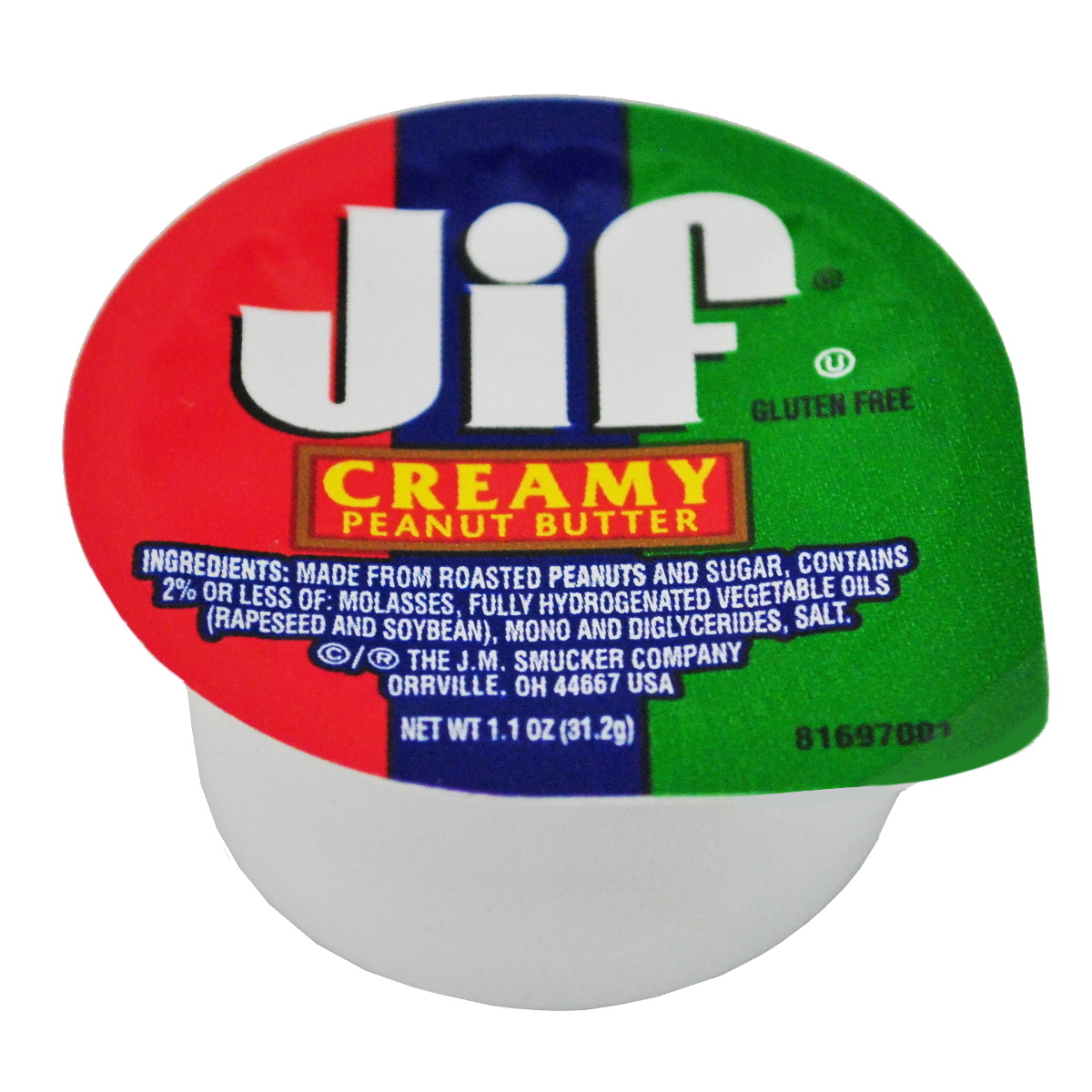


The actual volume of a kilogram will vary depending on the density of the material. Keep reading to learn more about each unit of measure. Trucks, ships, and airplanes are limited in the amount of weight or volume they can transport, so if one of those quantities is known, but the limitation is on the other, then it becomes necessary to convert between the two so as not to overload the shipping vehicle. Ī third application of weight and volume conversions is when shipping freight when calculating the volumetric weight for cargo and packages. It is common to mix powdered chemicals with liquid, or aqueous, chemicals, and this is where it becomes very useful to convert between weights and volumes. When performing chemical reactions by combining separate chemicals to produce a new chemical, one must know the exact amount of each chemical to add in order to maximize the yield of the reaction. When a scale is not available, a calculator like the one above is a good way to estimate the weight to volume conversion.Īnother useful application of weight and volume conversions is chemistry. The best way to ensure an accurate conversion is to use a scale. The density of dry ingredients can vary for a variety of reasons, such as compaction and clumping. Kilograms and cups are both commonly used to measure cooking ingredients.įor cooking applications, most chefs suggest measuring dry ingredients by weight rather than volume to improve accuracy in the measurements. If the density is given in grams per milliliter (g/mL), then first divide 4.2268 by the density to convert to kg/c.įor a density given in g/mL, you can use this simple formula to convert:Ĭups = 5 kg × 4.2268 / 0.7 g/mL = 30.1911 c When to Convert Kilograms to Cups Note that in order for this to work, the density must be in kilograms per cup (kg/c). To convert a measurement in kilograms to cups, divide the weight by the density of the ingredient or material. Therefore, to convert between kilograms and cups of an ingredient or substance, we must either multiply or divide by its density, depending on which direction we are performing the conversion. In this case, we need to account for the density of the substance whenever we do a conversion. Since kilograms are a unit of mass and cups are a unit of volume, which are different physical quantities, we need to know one more physical quantity of the ingredient or substance to convert between them. He specializes in math, science, and astrophysics. Learn more about the cups here.Ethan has a PhD in astrophysics and is currently a satellite imaging scientist. One cup is most commonly associated as being equal to 1/2 a US Pint. The cup is a unit of measurement primarily used in cooking. For example 5.5 ounces can be also written as 5.5 oz. The ounce is primary used in the United States to measure food and fluids. The Unit of ounce is also equal to 1/8th of a cup.

Here are some other helpful conversions from ounces to common volume units: UnitĪ fluid ounce is a unit of weight equal to 1/16th of a pound, that is most commonly used in most British derived Customary Systems of Measurement. Now that you have converted 5.5 oz to cups, you may want to convert oz to other units. Similar 5.5 oz to cups Conversions ounces If you would like to learn more about the ounces (oz) to cups conversion, check out our detailed page here. It’s easy to convert ounces to cups! You can use any of the following conversion equations to convert oz to cups:


 0 kommentar(er)
0 kommentar(er)
